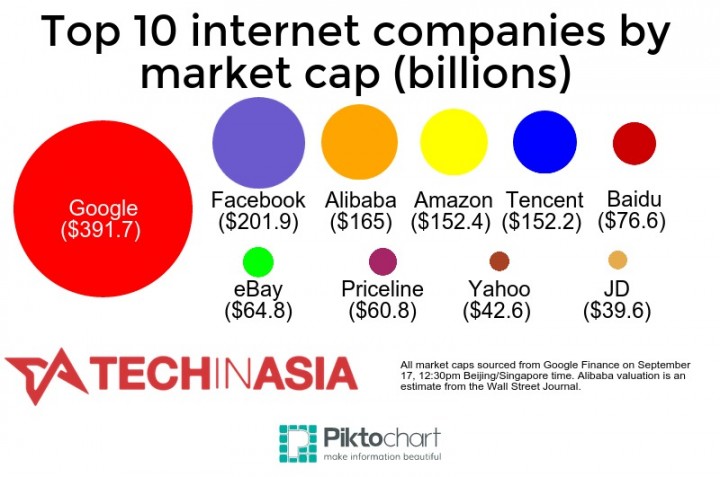Contents
Good research is required before investing in a small-cap fund. Large-cap funds have a lesser risk profile compared to the others. In large-cap funds, they invest in stocks that are in the top 100 companies. Prevent Unauthorized Transactions in your demat / trading account Update your Mobile Number/ email Id with your stock broker / Depository Participant. However, they have the potential to offer higher returns than large-cap stocks.
That’s because the appropriate benchmark for large-cap funds is the NIFTY 50 while the benchmarks used by Multi cap funds are NIFTY 200 or NIFTY 500. First, let’s understand what were the SEBI rules for Multi cap funds before the new changes were announced. ETMutualFunds.com has employed the following parameters for shortlisting the Equity mutual fund schemes. Mutual funds are an investment that is professionally managed when money is collected from various investors and pool that money into purchasing securities. Understanding all the differentiation on basic of risk involved, amount of returns, funds holding capacity and much more.

For conservative investors who are looking for long-term returns, a large-cap is the best option. If you are not expecting an aggressive return, you can go with large-cap funds. Mid-cap companies also have a good track record, but the difference is noticeable compared to large-cap companies.
What are Large Cap Mutual Funds?
The investor uses a market cap to determine company size and value. Market capitalization is determined by multiplying the market price of share with the number of outstanding shares. From this value, investors analyze the company’s worth in an open market. According to demand and supply, stock prices are determined by investors i.e., the public; therefore, the market cap is the public’s perceived value of the particular company.

And the allocation is dependent entirely on an investor’s risk appetite. All these categories consist of some really good long term investment opportunities. As such, investors must decide the allocation based on the opportunity’s merit and not just whether it is a large cap, mid cap, or small cap. Large companies such as Infosys, TCS, and Wipro are classified as large cap stocks. These companies have been around in the industry long enough and have firmly established themselves as leading players.
SEBI Issues New Rules For Multi-cap Funds. What Should The Investors Do?
Mid-cap – companies ranked between 101 and 250 by full market capitalization. Large-cap – companies ranked between 1 and 100 by full market capitalization. Therefore the market capitalization of ABC company is 900,000. 2) The liquidity of mid-cap companies is generally lower because they have lower demand in the market due to risk. Therefore, the market capitalization of an ABC company will be 9,00,000.

They are market-cap agnostic as fund managers invest in small, mid, large and micro-caps without a minimum investment threshold. The category was introduced by SEBI in November 2020 and it has seen net inflows of around Rs 3,700 crores. Small cap funds can offer higher returns than large and mid cap funds.
However, at the same time are less riskier than small cap funds. Investors are suggested to stay invested for long horizons in these funds to protect themselves from these market fluctuations. This will help investors overcome the effect of market fluctuations on their investments. These companies are on the radar of many investors in order to generate higher returns in a 3-5 year time horizon as the scope of their growth is very high in the market. Mid cap stocks are sometime touted to become the next large cap or are designated as large caps of the future.
Small cap funds invest a minimum of 65% of their portfolio assets in equity and equity-related instruments of small cap companies. Large cap funds invest a minimum of 80% of their portfolio assets in equity and equity-related instruments of large cap companies. Small cap funds predominantly invest in companies whose market cap is less than Rs.5000 cr and ranks below 250th based on market capitalization.
All You Need To Know About Large-Cap Stocks In India
What makes them risky is the low probability that they will be successful over time. Small-cap companies have a long history of underperformance but when an economy is emerging out of a recession, small-cap stocks often prove to be outperformers. Large-cap companies are businesses that are well-established and have a significant market share. Large-cap companies have market caps of Rs 20,000 crore or more. They hold themselves well in times of recession or during any other negative event.
Read all the documents or product details carefully before investing. WealthDesk Platform facilitates offering of WealthBaskets by SEBI registered entities, termed as “WealthBasket Managers” on this platform. Investments in WealthBaskets are subject to the Terms of Service.
The term ‘large-cap fund’ implies that the specific fund invests in stocks of large-cap companies, and so on for the other categories. So, less risky funds will have more investments in https://1investing.in/ large-cap companies, and high-risk funds will have more exposure in small-cap companies. Stocks in the securities market are usually classified based on their market capitalisation.
- The stocks issued by these small companies are called small-cap stocks.
- As the words suggest market capitalization and market value are clearly two different concepts.
- You shall also consider other factors such as quality management quality, intrinsic value, volatility, etc.
The research, personal finance and market tutorial sections are widely followed by students, academia, corporates and investors among others. In terms of market cap, these companies definition of small cap, mid-cap and large cap in india generally come in below Rs. 5,000 crores. Consequently, these companies tend to enjoy little to no market presence and therefore are mostly not included in broad market indices.
Please read the scheme information and other related documents carefully before investing. Please consider your specific investment requirements before choosing a fund, or designing a portfolio that suits your needs. Market cap measures a company’s worth in the open market, as well as the market’s perception of its future prospects. Also, market capitalization allows investors to understand the relative size of one company versus another. Large cap (sometimes “big cap”) refers to a company with a market capitalization value of more than $10 billion. Market capitalisation is defined by the value of a company’s shares that are listed on the stock exchange.
Share this Comment:
It is important to note that the market cap also keeps fluctuating since the shares prices fluctuate. When a company issues more shares to the public, its market cap increases. Similarly, when a company does a buyback of its shares, the market cap decreases. Lying at the lowest end of market capitalisation, Small cap stocks are generally viewed under the misconception of being hazardous or ‘quick rich’ stocks. A diversification of Large, Mid and Small cap stocks is considered to be ideal for a portfolio as it helps to balance both risk and returns. The total return from a stock consists of two parts, dividends, and capital appreciation.
What are the three main market cap classifications?
Ajay is a beginner in the stock market and wants to understand the difference between large-cap, mid-cap and small-cap. Clients are hereby cautioned not to rely on unsolicited stock tips / investment advice circulated through bulk SMS, websites and social media platforms. Kindly exercise appropriate due diligence before dealing in the securities market. You can use Tickertape Stock Screener to get the list of small small-cap stocks.